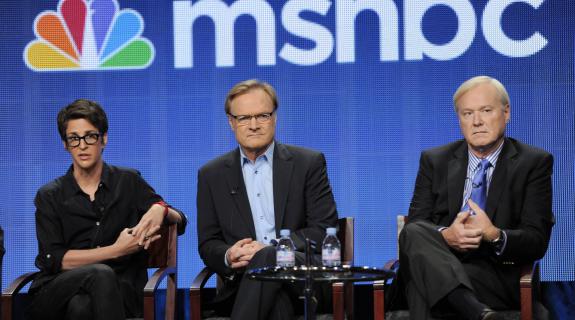Cord cutters not willing to pay growing cable subscription costs combined with an abundance of alternative streaming options have led to cable providers cutting costs - and cable networks are usually the ones taking the hit.
For example, Verizon FiOS just dropped The Weather Channel, citing websites and apps taking over the weather business. Other channels are trying to avoid such a fate, even though on-air ratings have been on a steady decline.
MSNBC, History, Bravo, BET, USA Network and Comedy Central have all seen double-digit drops in their ratings this year alone. Cable ratings overall were down 10 percent this March from the same time last year.
To cut back on carriage costs, cable providers are beginning to drop the channels not performing as well in the ratings. And certain networks are foregoing cable subscriptions altogether, like HBO’s new standalone HBO NOW.
Viacom is one company that is answering this trend with a company-wide restructure, where it will be cancel shows and downsize staff. Viacom encourages cable operators to either run all or none of its channels (MTV, VH1, Comedy Central, Nickelodeon, Spike, TV Land, BET). As a result, Suddenlink and Cable One have recently stopped airing Viacom’s entire bundle of channels after pricing disputes.
Children’s networks such as Nickelodeon are the most in jeopardy, with a growing trend of parents switching over to Amazon, Netflix or YouTube for their children’s content. Kids networks Disney Channel, ABC Family and Discovery Family all saw ratings declines this season, with Disney seeing the biggest drop at 15 percent. Viacom has sidestepped a huge loss in those viewers by launching a streaming service for Nickelodeon that parents can pay for without a cable subscription.
With individual channels finding a way around the cable packages, so-called “skinny bundles” gain popularity and large media channel packages like Viacom’s become less feasible.
Read more at the Washington Post.
Brief Take: The feud between channels and cable providers also comes down to a ratings system that the providers still use, but no longer accurately reflect today’s viewing environment. But when those ratings decline, advertisers still leave and cable providers see less value.
[Image courtesy of MSNBC]
Tags:













































__twocolumncontent.jpg)











